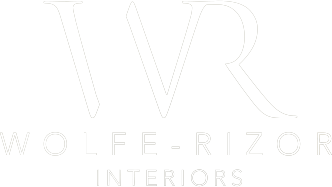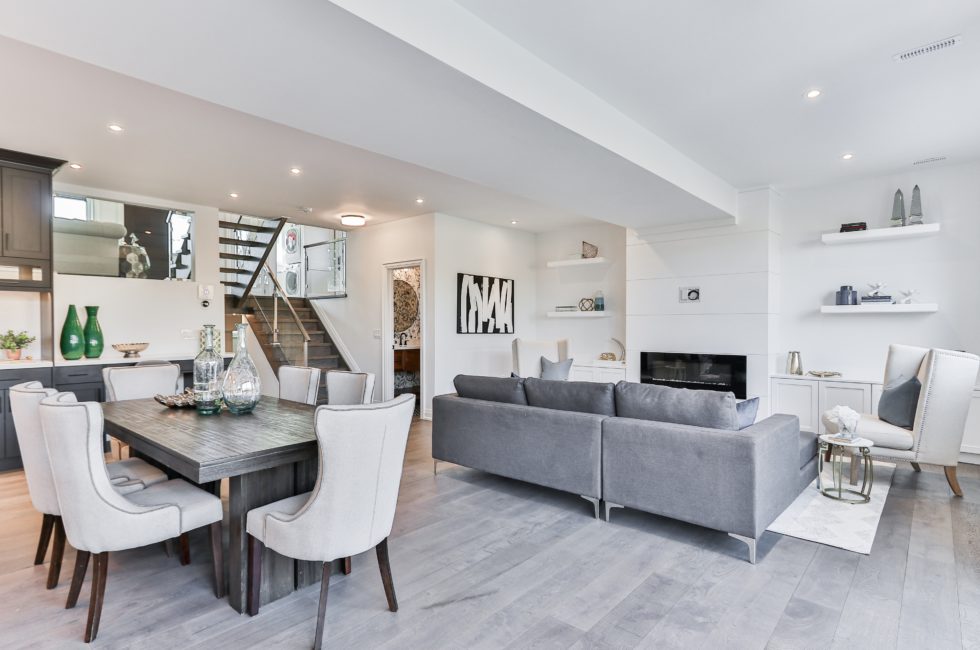Open-concept homes aren’t new; by the 1990s, it even became the standard for most new construction for a while, but ever since the pandemic lockdowns forced people to stay at home and reevaluate their living spaces, is the open floorplan dead?
During the lockdown, most people had to contend with work, school, fitness, hobbies, a social life, family, and so on ? at home. Since most of these things usually occurred out in the world, people’s idea of home was different. The home has since become a multi-functional space, often for many individuals at the same time, so people are reconsidering their open-concept floorplans and consulting with architects and interior designers in Orlando to accommodate privacy and functionality.
Evaluating the Pros & Cons of Open Floorplans
Modern families and individuals who enjoy entertaining often opt for a home renovation design with an open-concept floorplan. With fewer walls, it’s much more spacious, airy, and allows natural light to flow throughout the home.
Unfortunately, during the pandemic lockdowns, people were not only encouraged to stay home but to also refrain from gathering in large groups. Thus began the era of social distancing. That meant families weren’t able to entertain their loved ones at home. Did the benefits of an open-concept home outweigh the disadvantages? The professionals at our interior design firm in Florida weigh in on the pros and cons of open floorplans.
Benefits of an Open-Concept Home
- Freedom of Movement
Compared to traditional homes, a home with an open floorplan allows dwellers to maximize their use of the space and dictate the flow of foot traffic between the different areas of the house.
- Better Lighting
Without walls to impede light streaming in through the windows, open floorplans are much brighter during the day.
- Ideal For Parents
Open-concept homes are great for parents because it’s easier to keep an eye on the kids from any of the common areas. While parents are cooking in the kitchen, for instance, they can monitor their kids playing in the living room.
- Flexibility
The flexibility of open-concept homes is perhaps its greatest advantage. How often are people stuck arranging furniture in only one configuration due to the elements of an enclosed room? With fewer walls, people can accommodate their furniture however they prefer.
If privacy is a concern, folding screens and open or double-sided shelving are great ways to divide a space into separate zones, either temporarily for as long as you need it or as a more permanent solution that can easily be adjusted.
Disadvantages of Open-Concept Floorplans
- Increased Construction Costs
Walls not only divide a home into separate rooms with different functions, but many of them are load-bearing, which means they help support the structure of the house. One of the disadvantages of open floorplans is that, with fewer walls, they require steel or laminated support beams, which are costlier.
- Higher Utility Bills
One of the things people love about open floorplans is how airy it feels; however, that feeling comes at a cost. Larger spaces require more energy to heat and cool the area. Not to mention the fact that, generally, open floorplans feature lots of windows, large windows, which makes efficient insulation a[n expensive] challenge. Traditional homes, on the other hand, are generally more efficient because it’s easier to contain the heat or cool air in an enclosed room.
- Noisy
Sound travels, and in large spaces, it travels farther because there’s nothing to stop it. Trying to listen to music or a podcast as you’re cooking in the kitchen while your partner or your children are watching T.V in the living room, with nothing to block the sound waves from crashing, can be pretty loud.
- Visual Clutter
Homes are becoming more multi-functional as a result of the pandemic lockdowns, which mandated that families stay home. In fact, according to the 2020 AIA Home Design Trends survey, the popularity of multifunctional or “flexible” spaces has increased. With a living or dining room also serving as a home office and play area for the kids, for instance, there can be a lot of visual clutter, which is worse when you can see the visual clutter of another area in an open floorplan.
Additionally, if you have guests over and everything is visible from all the common areas, there’s more pressure to ensure everything is clean and tidy. While this might not be an issue for a casual evening, imagine what the kitchen would look like for a dinner party or any holiday gathering like Thanksgiving—dirty pots in the sink, saucy splatters on the counters, and flour all around the mixer.
- Lack of Privacy
Finally and most obviously, there’s a lack of privacy in an open-concept home or office. It’s more difficult to find a cozy spot to read while another member of the household is watching T.V., working, or exercising, for instance.
So, Is It Time to Close the Open Concept?
According to the AIA Home Design Trends surveys, the popularity of open floorplans has decreased in recent years,2, 3 especially since the pandemic in 2020, but that doesn’t mean the open concept is dead.
Ultimately, each household has different needs so whether or not to opt for an open-concept floorplan comes down to what best suits your own lifestyle and preferences. The pandemic certainly made people think about how they were using their living spaces and how that may change; perhaps something in-between a traditional and open floorplan is a solution to consider as you’re developing a design concept with your interior designer.
Whether you’re on the fence about an open floorplan for your home renovation or you have a definitive vision, contact our interior design team for more information and schedule a consultation today!

